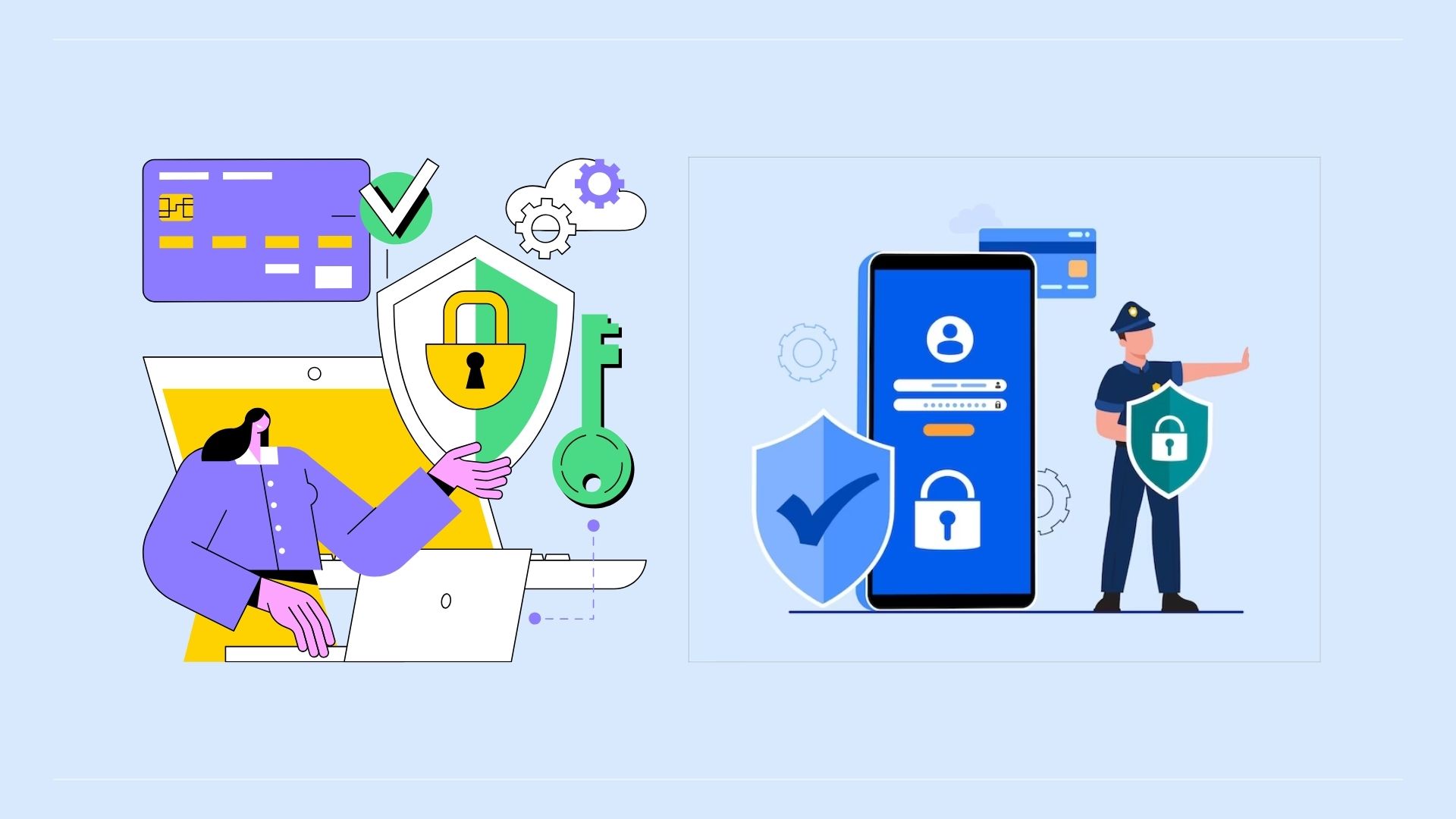CRM Investment on Upswing
Though companies try to cut costs wherever they can in times of economic uncertainty, they prefer to maintain or even increase investments in customer-facing technologies that have the potential to drive top-line revenue. So it's no surprise that a Computer Economics study finds increases in both CRM adoption and investment over the past few years.
Fifty-one percent of North American companies surveyed by Computer Economics had adopted CRM in 2011, up from 34 percent in 2010. CRM spending also rose, though somewhat less dramatically, with 35 percent of companies making CRM investments in 2011, up from 30 percent in 2009.
“Companies are giving very high priority to any investments related to customer experience, anything that has an effect on sales and topline revenue or on improving customer retention,” said Frank Scavo, president of Computer Economics.
The Vertical CRM Picture
CRM's connection to topline revenue is apparent in the study's findings concerning adoption and investment levels among different industry verticals. Business, professional, and technical service organizations top the list of CRM users, with 61 percent of service businesses already having CRM systems. They are trailed by financial services companies and manufacturers/distributors with adoption rates of 50 percent and 44 percent respectively, public sector organizations (31 percent) and health care organizations at 24 (percent).
Forty-three percent of manufacturers/distributors are now investing in CRM, followed by financial service organizations (41 percent) and business services (37 percent). Health care organizations are investing at the lowest rate, 14 percent.
The CRM Cloud
Much of the investment, especially among smaller companies, is being driven by cloud-based CRM software provided by companies like Salesforce.com and SugarCRM, Scavo said.
“Even though CRM has been well established for at least a decade, there are still many small and medium-size businesses without formal CRM systems. We are seeing CRM being pushed down to those smaller businesses,” he said. “This is driven by cloud systems that are easier to implement and maintain. Siebel was the first to establish CRM, but those systems were large and difficult to implement. Even companies with 20 to 50 employees can afford CRM now.”
While big enterprise applications vendors like SAP and Oracle are rolling out their own cloud-based solutions in response to these newer CRM products, Scavo said they must compete on ease of implementation and user experience “and these are not always strong points for these large, integrated suites.”
The large vendors continue to tout integration with their ERP systems and other business applications, but Scavo said, “Companies are not buying that argument like they used to.” While best-of-breed CRM software must offer good integration to compete with the larger enterprise suites, integration is rarely a deciding factor in a competitive deal, he said.
Again, cloud plays a major role, as many best-of-breed solutions are cloud-based. “Companies are finding cloud solutions relatively straightforward to implement, they have a strong user experience, and integration in many cases is not that difficult,” Scavo said.
Dollars and Sense
Computer Economics finds return on investment with CRM software stacks up fairly well when compared with other enterprise technology investments. According to the study, just 16 percent of organizations worldwide experience a negative ROI from their CRM investments. Forty-five percent of organizations broke even over a two-year period, while 39 percent attained a positive ROI.
Similarly, 72 percent of organizations found total-cost-of-ownership (TCO) predictable, while 22 percent of organizations exceeded their budget projections for implementing and maintaining CRM. Just 7 percent of respondents came in under budget.
Scavo said the increasing use of software-as-a-service (SaaS) is improving the TCO experience because its costs are more predictable than on-premise CRM deployments. Yet CRM's TCO is less predictable than enterprise technology investments such as infrastructure upgrades and desktop virtualization, which are more straightforward to implement and remain largely invisible to end users.
“Application systems are always going to be trickier when it comes to TCO, because you are impacting business processes and affecting users,” Scavo said.
Ann All is the editor of Enterprise Apps Today. Follow Enterprise Apps Today on Twitter @EntApps2Day.com.

Public relations, digital marketing, journalism, copywriting. I have done it all so I am able to communicate any information in a professional manner. Recent work includes creating compelling digital content, and applying SEO strategies to increase website performance. I am a skilled copy editor who can manage budgets and people.



